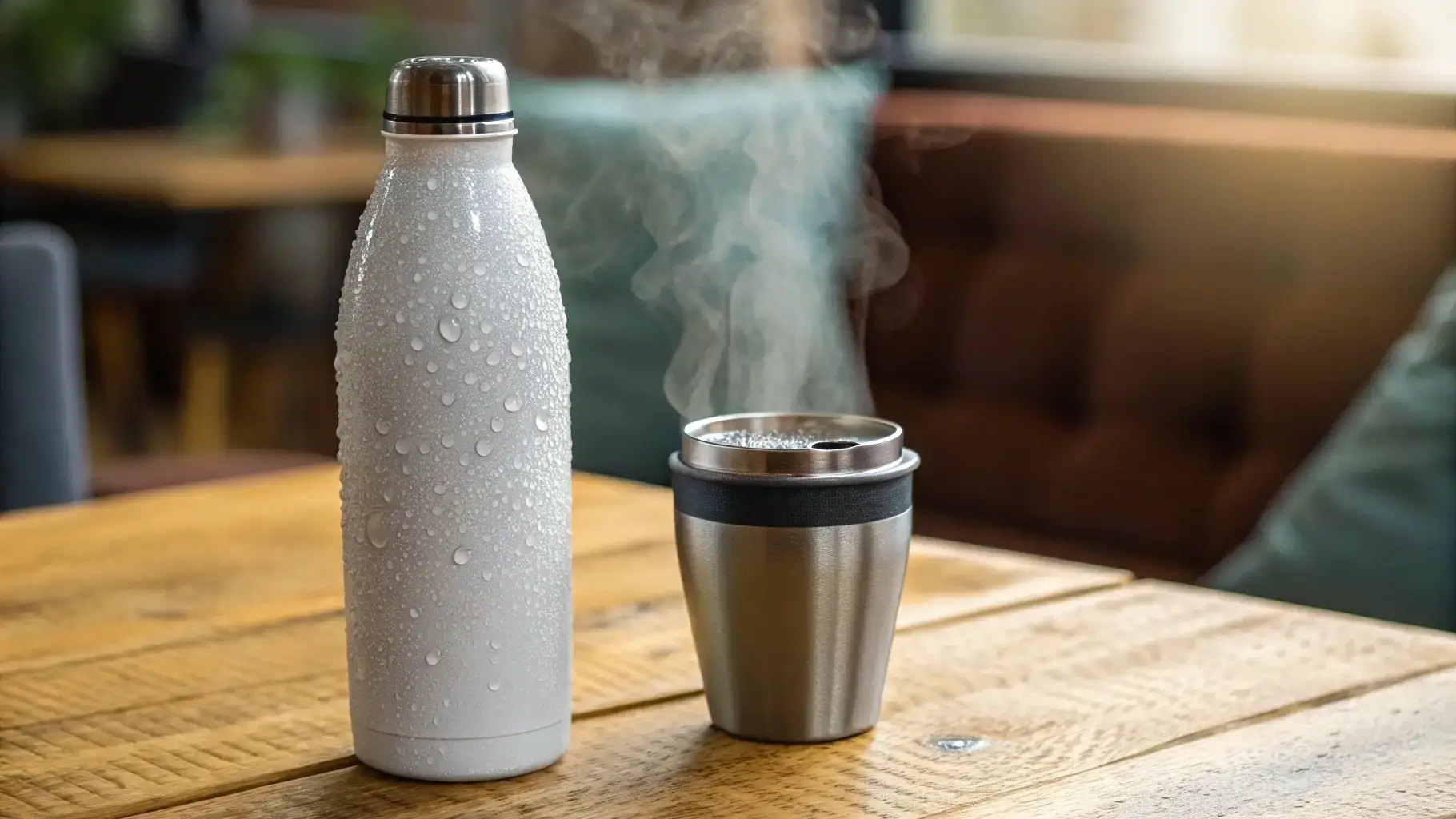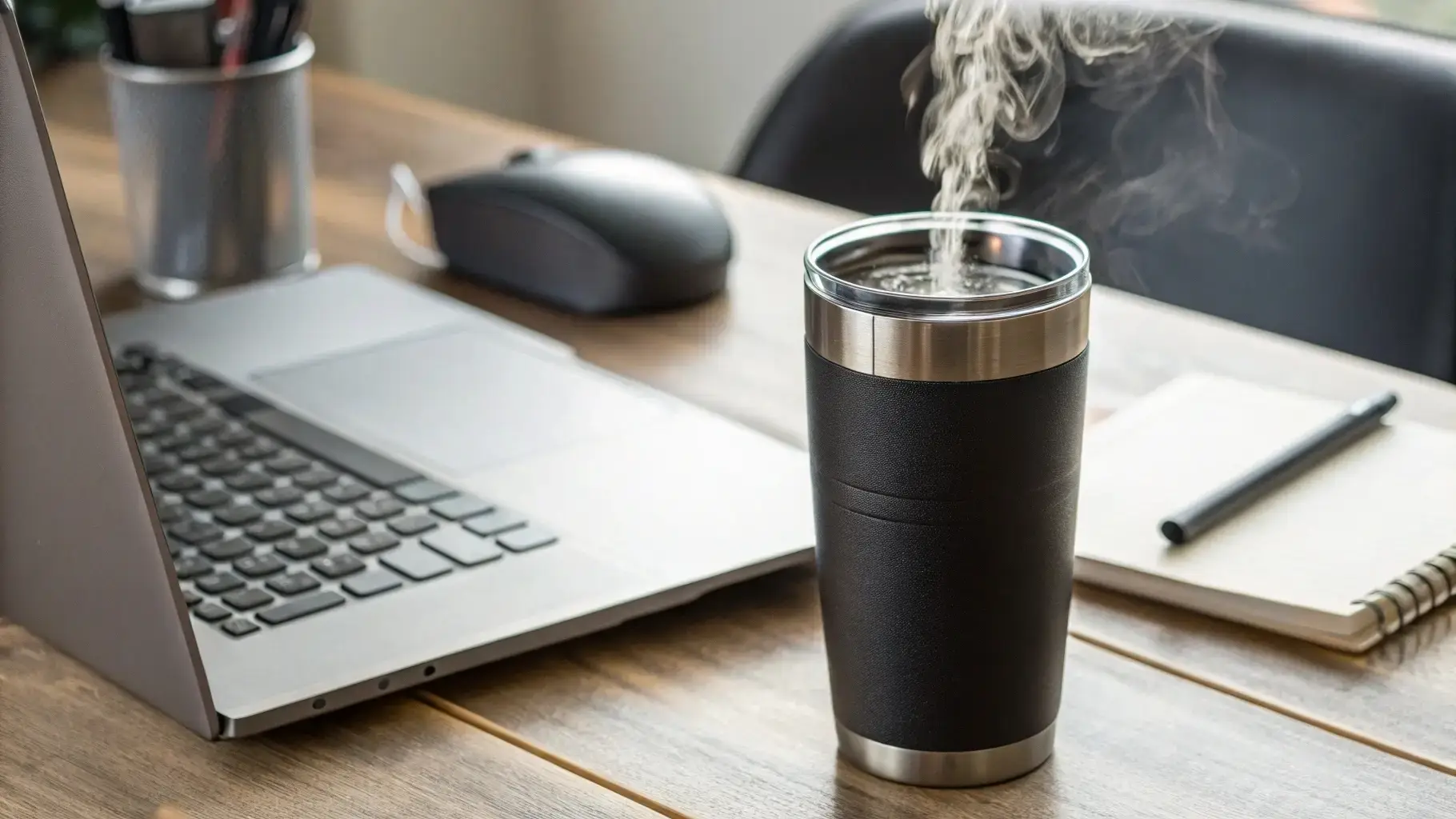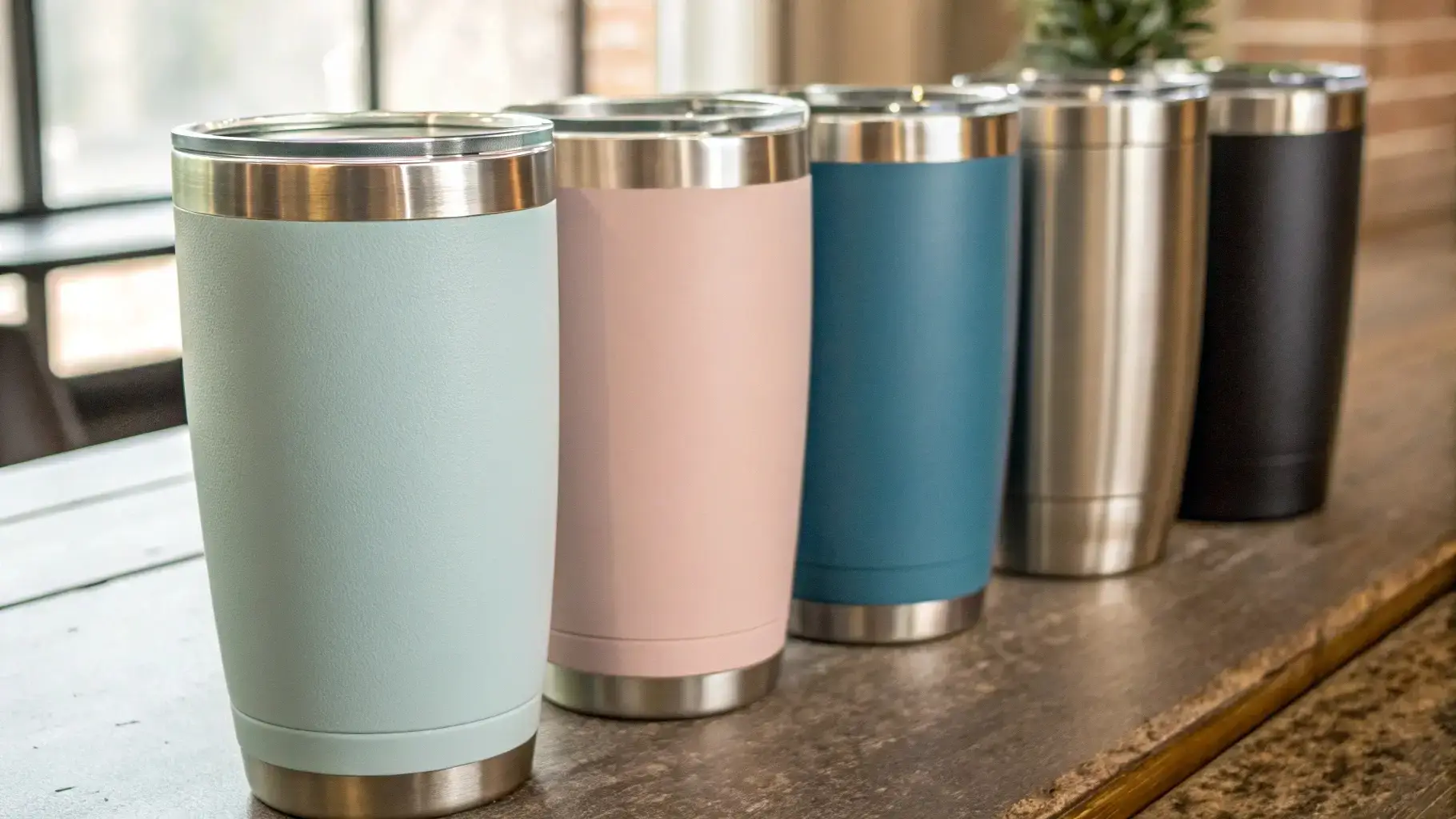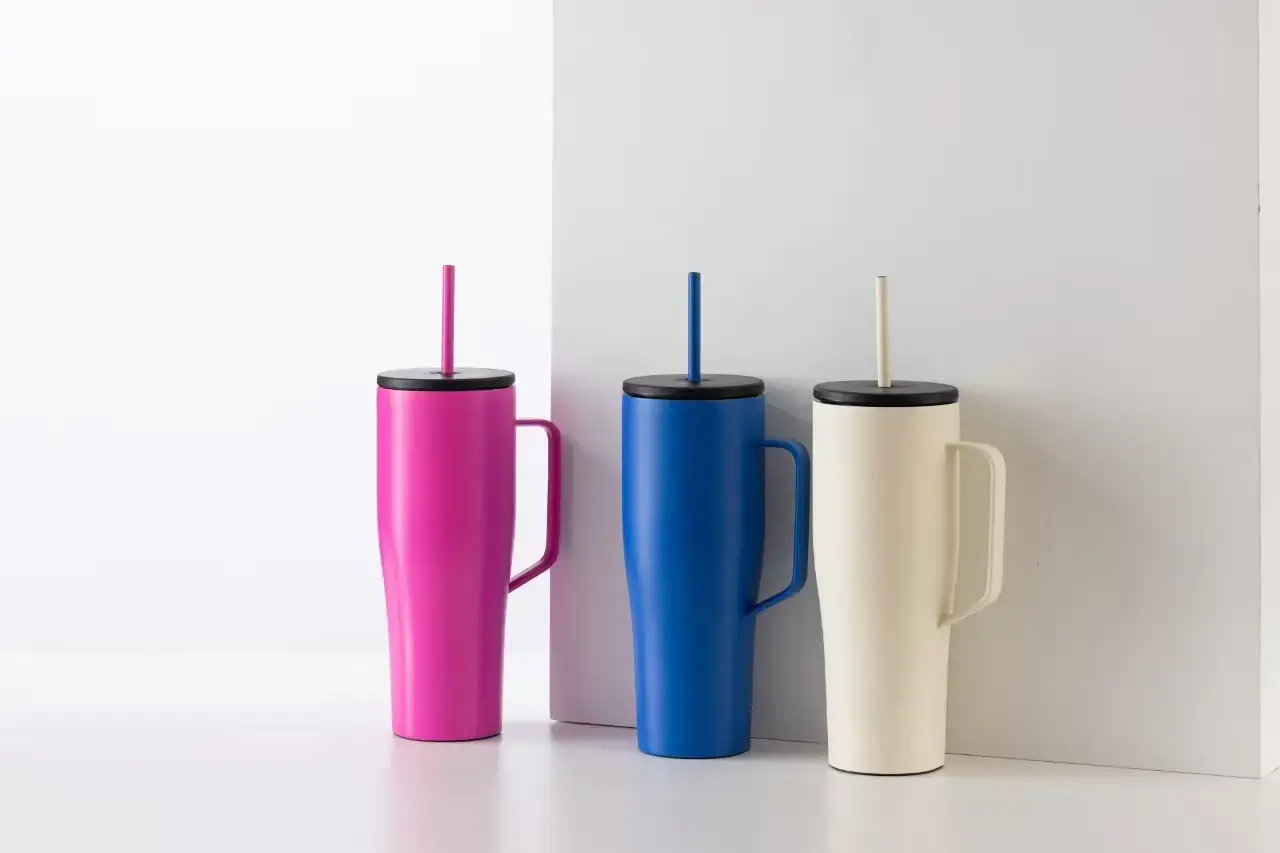
Finding the perfect insulated cup or bottle can be overwhelming. You want something practical yet reliable for daily use.
Insulated cups vary widely in design, performance, and material, catering to diverse needs and preferences.
Explore key differences to make an informed choice that suits your lifestyle.
Are All Insulated Cups the Same?
Choosing the right insulated cup depends on your specific requirements and expectations.
Not all insulated cups perform equally; differences lie in construction, materials, and intended usage.

The main differences in insulated cups stem from their construction and design. Some use double-wall vacuum insulation, while others rely on foam or other methods. Here's a closer look:
Types of Insulation in Cups
| Insulation Type | Performance | Durability | Cost |
|---|---|---|---|
| Double-Wall Vacuum1 | Excellent | High | Moderate |
| Foam Insulation | Good for short periods | Moderate | Low |
| Gel-Based Insulation | Limited to cold drinks | Moderate | Low to Moderate |
Vacuum-insulated cups are widely regarded as the most versatile due to their durability and effectiveness in maintaining temperatures.
What Is the Best Material for Insulating Water Bottles?
Material choice impacts both insulation quality and overall user experience.
Stainless steel is often the best choice for its durability, safety, and excellent temperature retention.

Different materials offer unique advantages, but stainless steel stands out as the preferred choice. Here's why:
Comparing Common Materials
| Material | Advantages | Drawbacks |
|---|---|---|
| Stainless Steel2 | Durable, non-toxic, retains heat/cold | Heavier, costlier |
| Plastic | Lightweight, affordable | Poor insulation, less durable |
| Glass | Non-toxic, taste-neutral | Fragile, less effective |
Double-wall stainless steel bottles combine longevity with superior insulation. They also support customization for logos and colors, making them ideal for both personal use and branding.
Which Tumbler Keeps Drinks Hot the Longest?
For long-lasting heat retention, construction and material quality are crucial.
Double-wall vacuum-insulated tumblers typically keep drinks hot for up to 12 hours or more.

The best tumblers use advanced vacuum insulation to prevent heat transfer. However, additional factors also play a role, such as the lid design and the amount of liquid inside.
Top Features for Heat Retention
- Vacuum Insulation3: Creates an airless space to block heat transfer.
- Sealed Lids: Prevents heat escape through evaporation.
- Internal Coating: Reflects heat back into the liquid.
Some premium tumblers even combine vacuum insulation with copper lining for enhanced heat retention, making them ideal for coffee enthusiasts and commuters.
What Is the Best Insulation for Cold Drinks?
Cold drinks require insulation that prevents external heat from penetrating the cup.
Vacuum insulation is the most effective method for keeping drinks cold for up to 24 hours.

While foam and gel-based methods can work for shorter durations, vacuum insulation is unmatched in performance. It ensures your drink stays icy cold, even on hot summer days.
Tips for Maximizing Cold Retention
- Use ice cubes for prolonged chill.
- Pre-chill the bottle before filling it.
- Opt for a narrow-mouth design to reduce exposure to warm air.
Combining these techniques with a high-quality insulated bottle can ensure refreshing beverages whenever you need them.
Conclusion
Choosing the right insulated cup or bottle depends on your priorities. Consider material, insulation type, and design for the best fit.
-
Discover how Double-Wall Vacuum insulation enhances temperature retention and durability in insulated cups. ↩
-
Learn why Stainless Steel is favored for its durability and excellent insulation properties in water bottles. ↩
-
Explore the science behind Vacuum Insulation and its effectiveness in maintaining cold temperatures for beverages. ↩

